Chilean rescuers begin pulling out miners
Chilean rescuers have begun pulling out 33 miners trapped underground by a cave-in for more than two months.
Wednesday, 13.10.2010.
09:28

Chilean rescuers have begun pulling out 33 miners trapped underground by a cave-in for more than two months. Officials say the entire rescue operation may take as long as 48 hours to complete. Chilean rescuers begin pulling out miners Rescue crews cheered as the first miner was pulled to the surface aboard a rescue hatch painted in red, white and blue - the colors of the Chilean national flag. The first man to surface was Florencio Avalos, a 31-year-old miner with two children who has worked at San Jose for more than three years. He was working alongside his younger brother, Renan, at the time of an August 5 cave-in which trapped the two men and 31 others. Avalos embraced his family, rescue workers and Chile's President Sebastián Pinera, before he was taken by doctors for a series of medical exams. Mr. Pinera traveled to the San Jose mine Tuesday to monitor the operation and thank rescue crews who have been working for more than two months to free the trapped men. He also met with relatives of the miners and joined in singing alongside rescue crews, as they awaited the start of the operation. After the first rescue, Mr. Pinera told reporters that rescuing the 33 miners has been the main focus of his government, during the past two months. The president says his government had vowed to search for the miners until they were found and, now, officials were making good on the promise to bring them home safe and sound. Officials approved the rescue operation, late Tuesday, after performing extensive tests for two days on an Austrian-built winch and the rescue hatch, known as the Phoenix. Chile's Navy built three versions of the rescue hatch, which is equipped with oxygen and a hands-free telephone system to communicate with rescuers on the surface. The Phoenix has a metal cage to hold passengers, and shock-absorbing wheels on the outside to help it travel up and down inside the rescue shaft. The Phoenix's first trip into the mine carried Manuel Gonzalez, a veteran miner, who is helping the men to operate the hatch and prepare for their ascent. A video camera inserted into the mine showed Gonzalez embracing each of the miners as he stepped off the Phoenix. Three other rescuers are to descend into the mine, in part to assist miners who are weak or ill. Mining Minister Laurence Golborne has said the entire rescue operation may take up to 48 hours, as the Phoenix can complete a trip into the mine in a few minutes to an hour. Golborne says officials have determined in which order the miners should come up, in part based on health conditions, but says the rescue team may alter it as needed. He says the first four miners to surface are those in good health, who can help operate the rescue equipment. He says rescuers have the list of names, but they will evaluate each miner, individually, and decide when he is ready to come to the surface. The trapped miners range in age from 19 to 63 and many come from families with a history of mining - one of Chile's key industries. All of the miners are Chilean nationals, except for Carlos Mamani, a Bolivian who had worked at the San Jose mine for five days before the accident occurred. Bolivian President Evo Morales also was expected to travel to the mine, Wednesday, to greet the Bolivian miner, who is viewed as a hero back home. The men have survived underground longer than any other people trapped in a mining accident in the world. After the cave-in, the miners were cut off from the surface for 17 days, until a drilling crew managed to locate them. Rescued miner Juan Illanes, left, and Chile's President Sebastian Pinera (Beta/AP)
Chilean rescuers begin pulling out miners
Rescue crews cheered as the first miner was pulled to the surface aboard a rescue hatch painted in red, white and blue - the colors of the Chilean national flag.The first man to surface was Florencio Avalos, a 31-year-old miner with two children who has worked at San Jose for more than three years. He was working alongside his younger brother, Renan, at the time of an August 5 cave-in which trapped the two men and 31 others.
Avalos embraced his family, rescue workers and Chile's President Sebastián Pinera, before he was taken by doctors for a series of medical exams.
Mr. Pinera traveled to the San Jose mine Tuesday to monitor the operation and thank rescue crews who have been working for more than two months to free the trapped men. He also met with relatives of the miners and joined in singing alongside rescue crews, as they awaited the start of the operation.
After the first rescue, Mr. Pinera told reporters that rescuing the 33 miners has been the main focus of his government, during the past two months.
The president says his government had vowed to search for the miners until they were found and, now, officials were making good on the promise to bring them home safe and sound.
Officials approved the rescue operation, late Tuesday, after performing extensive tests for two days on an Austrian-built winch and the rescue hatch, known as the Phoenix.
Chile's Navy built three versions of the rescue hatch, which is equipped with oxygen and a hands-free telephone system to communicate with rescuers on the surface. The Phoenix has a metal cage to hold passengers, and shock-absorbing wheels on the outside to help it travel up and down inside the rescue shaft.
The Phoenix's first trip into the mine carried Manuel Gonzalez, a veteran miner, who is helping the men to operate the hatch and prepare for their ascent. A video camera inserted into the mine showed Gonzalez embracing each of the miners as he stepped off the Phoenix. Three other rescuers are to descend into the mine, in part to assist miners who are weak or ill.
Mining Minister Laurence Golborne has said the entire rescue operation may take up to 48 hours, as the Phoenix can complete a trip into the mine in a few minutes to an hour.
Golborne says officials have determined in which order the miners should come up, in part based on health conditions, but says the rescue team may alter it as needed. He says the first four miners to surface are those in good health, who can help operate the rescue equipment.
He says rescuers have the list of names, but they will evaluate each miner, individually, and decide when he is ready to come to the surface.
The trapped miners range in age from 19 to 63 and many come from families with a history of mining - one of Chile's key industries. All of the miners are Chilean nationals, except for Carlos Mamani, a Bolivian who had worked at the San Jose mine for five days before the accident occurred.
Bolivian President Evo Morales also was expected to travel to the mine, Wednesday, to greet the Bolivian miner, who is viewed as a hero back home.
The men have survived underground longer than any other people trapped in a mining accident in the world. After the cave-in, the miners were cut off from the surface for 17 days, until a drilling crew managed to locate them.



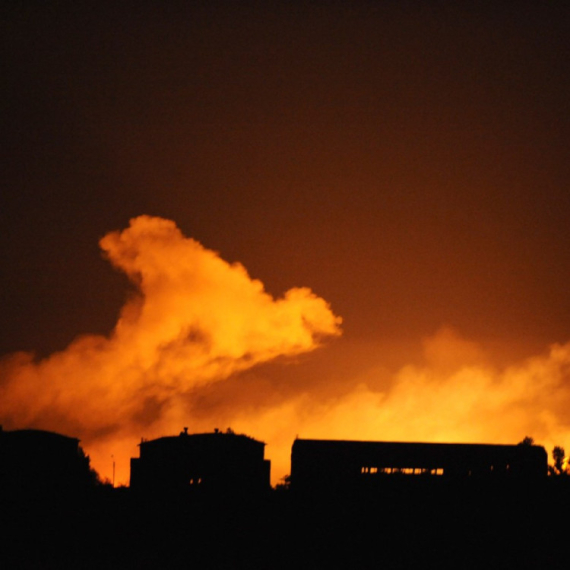


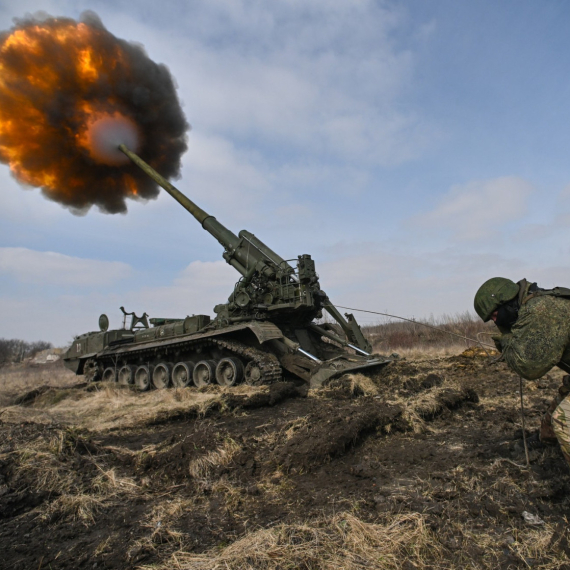




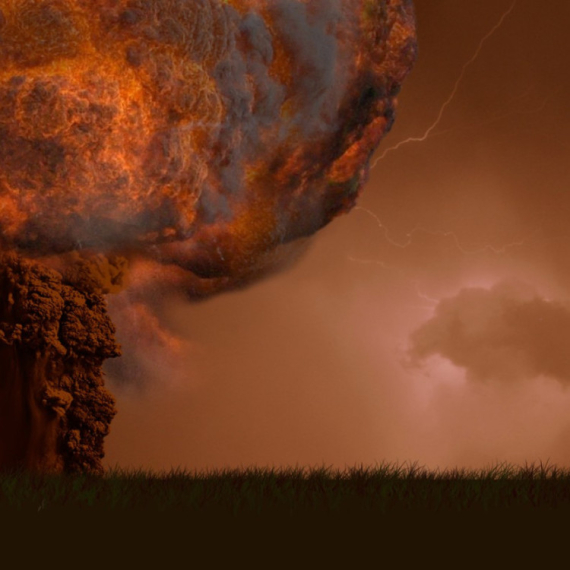


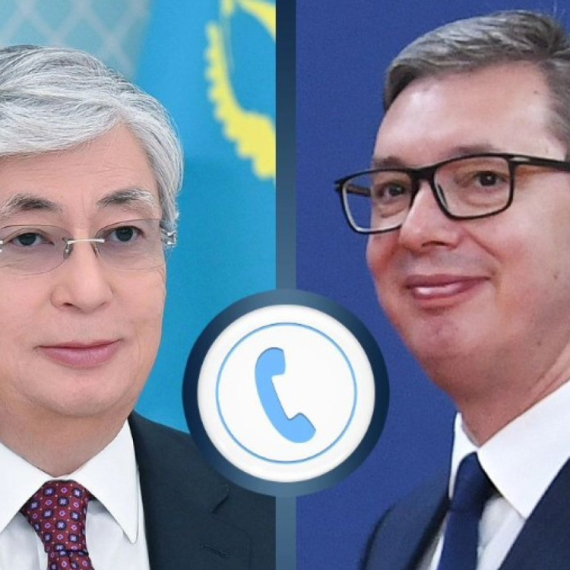
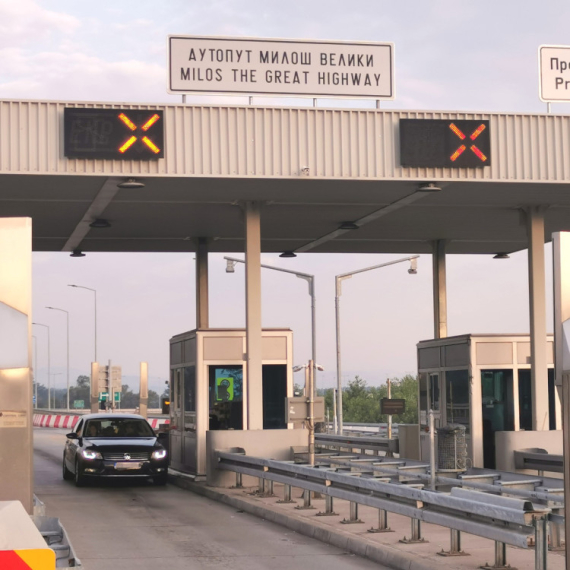
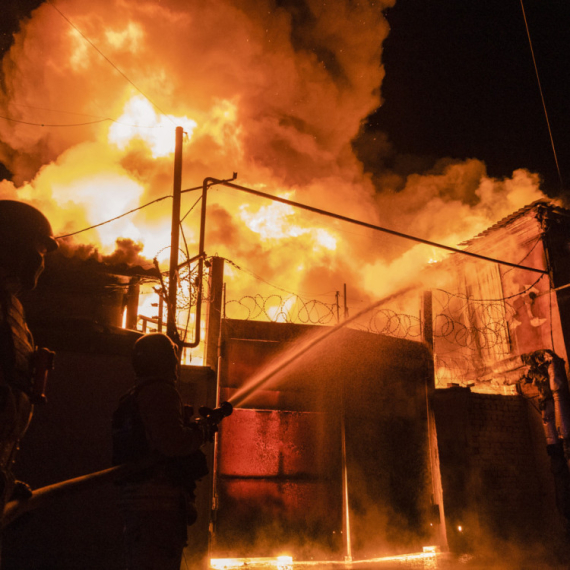





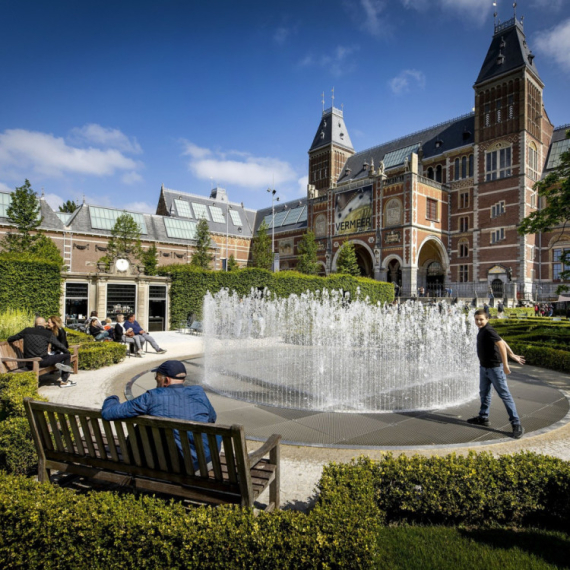



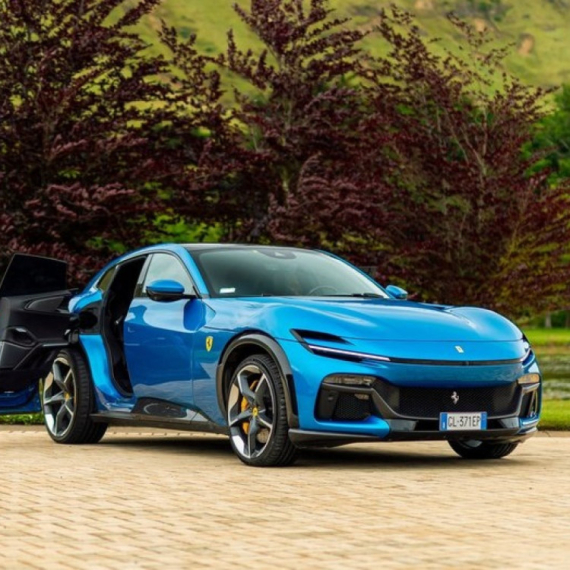
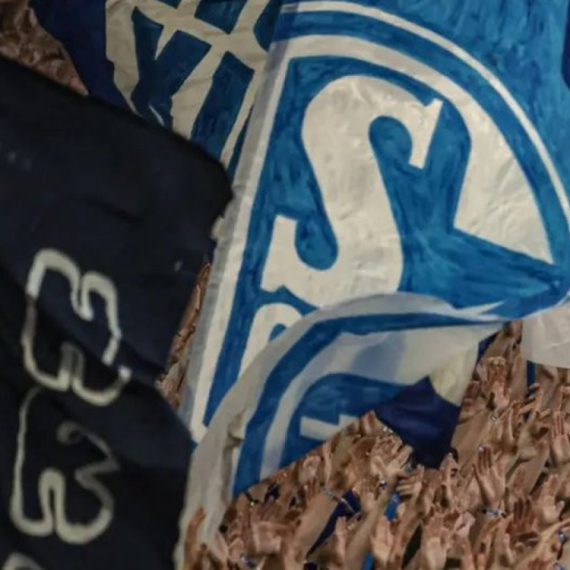
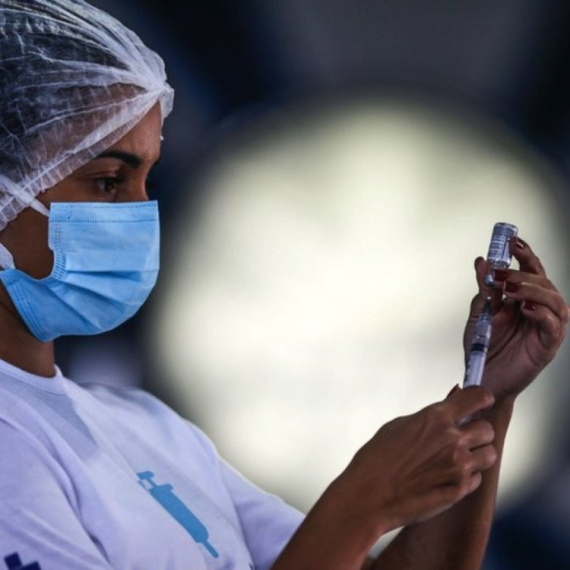
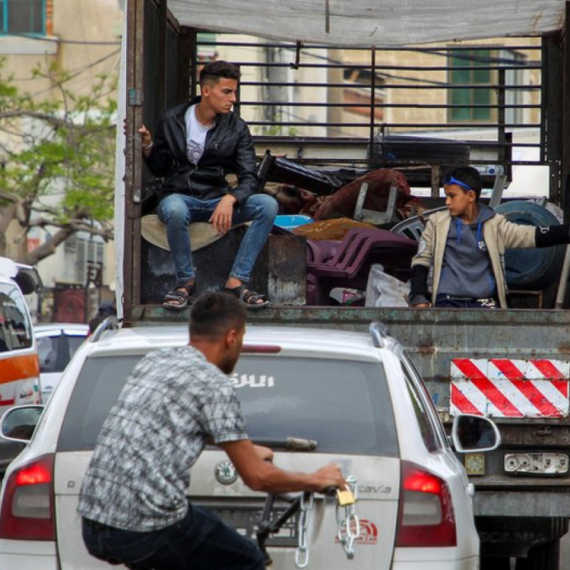
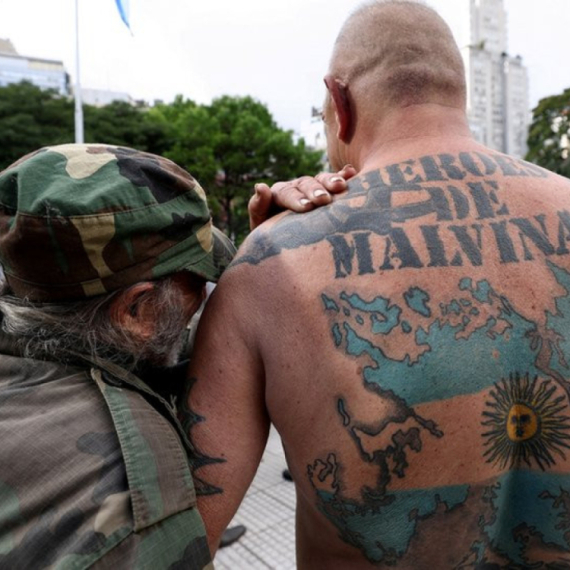


Komentari 1
Pogledaj komentare